Discover 11 hidden attractions, cool sights, and unusual things to do in Durham (United States). Don't miss out on these must-see attractions: Hill-Woodman-Ffrost House, Wiswall Falls Mills Site, and Jesse Hepler Lilac Arboretum. Also, be sure to include Thompson Hall in your itinerary.
Below, you can find the list of the most amazing places you should visit in Durham (New Hampshire).
Table of Contents
Hill-Woodman-Ffrost House
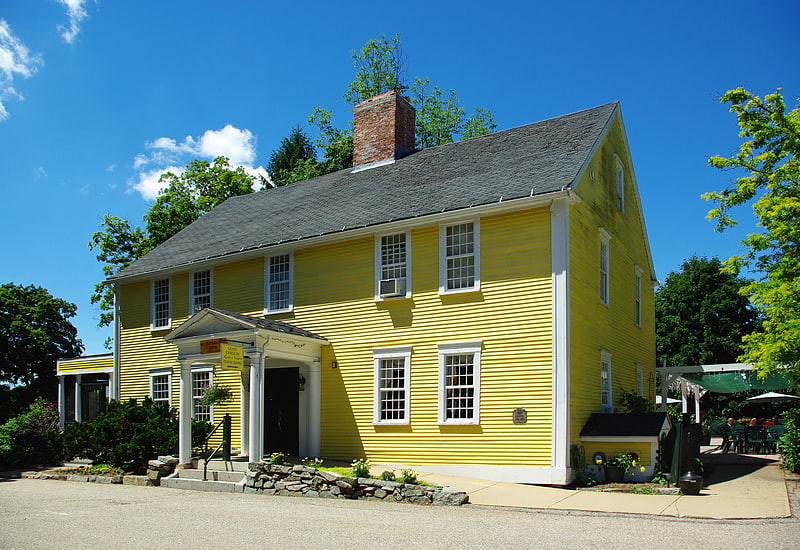
Building. Hill-Woodman-Ffrost House in Durham, New Hampshire is purportedly one of the oldest buildings in the State of New Hampshire and is located within the Durham Historic District. The owners claim that it "has an ell that is believed to date to 1649." The building is currently a hotel known as the Three Chimneys Inn-Ffrost Sawyer Tavern.[1]
Wiswall Falls Mills Site
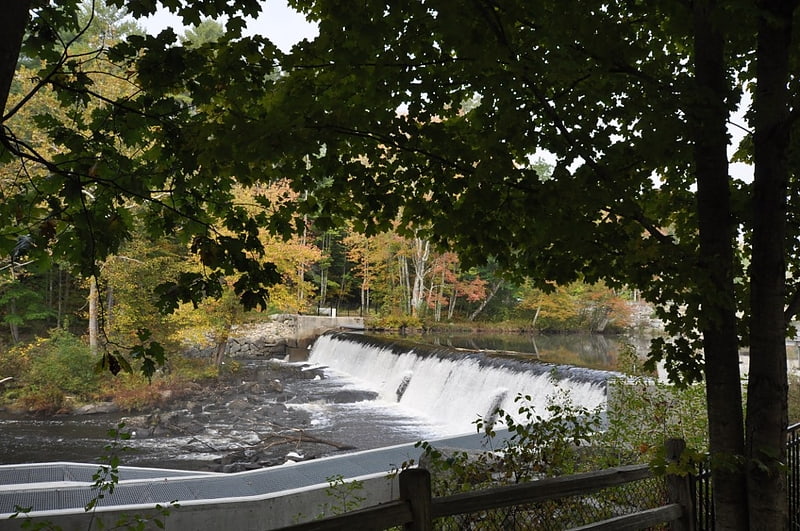
The Wiswall Falls Mill Site is a historic archaeological industrial site in Durham, New Hampshire. It is located in John Hatch Park, a small public park just south of Wiswall Road on the eastern bank of the Lamprey River. The 3-acre site encompasses the remains of a small 19th-century mill complex that was one of Durham's major industrial sites of the 19th century until it burned in 1883. The site, which includes remains of the waterworks and foundations, was listed on the National Register of Historic Places in 1988.[2]
Jesse Hepler Lilac Arboretum
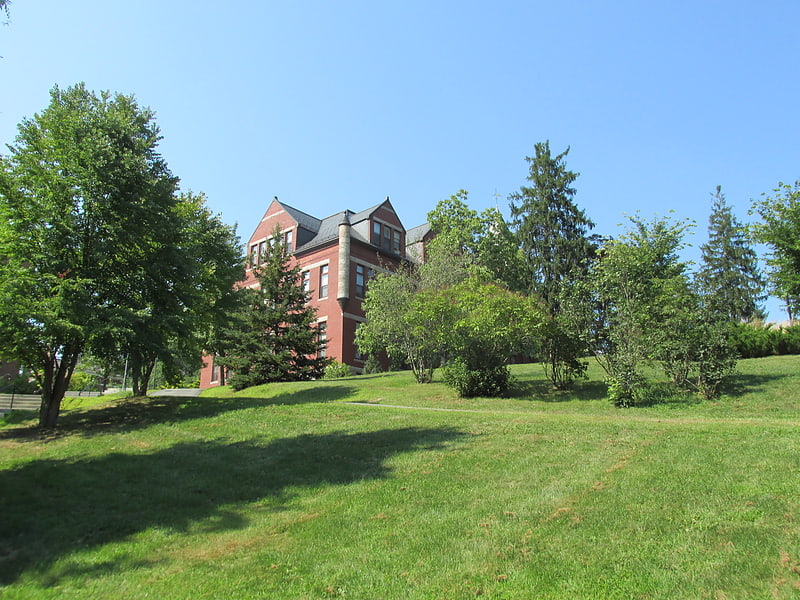
The Jesse Hepler Lilac Arboretum was located on the University of New Hampshire campus in Durham, New Hampshire, USA, at 4 Library Way, from 1940 to 1980.
Jesse R. Hepler was acting chairman of the horticulture department in 1938, and suggested establishing a lilac arboretum on the slope behind Thompson Hall, a site that became known as Lilac Hill. It was dedicated in 1940, and in 1948 many of the research species were relocated there. It had 100 varieties of lilac (Syringa species) in seven color classes. By 1980, the genetic range had diminished due to cross breeding, and the decision was taken to uproot the arboretum. The lilac is the state flower of New Hampshire, and the plants were offered to the campus community. Lilac lovers wanting plants for their gardens cleared the site within 90 minutes. The continuing research into lilacs was moved to the UNH Horticultural Research facility at Woodman Farm, Spinney Lane, in Durham (at 43.1513°N 70.9440°W / 43.1513; -70.9440 (UNH Woodman Farm)).[3]
Thompson Hall
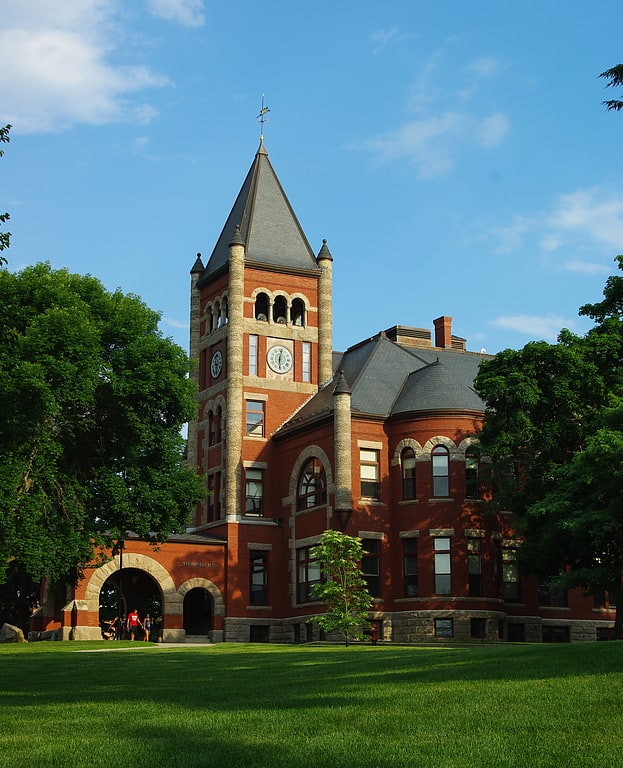
Building in Durham, New Hampshire. Thompson Hall, commonly referred to locally as "T-Hall", is one of the central buildings on the campus of the University of New Hampshire in Durham, New Hampshire, United States. A large brick and stone building, it was designed by Concord architects Dow & Randlett and built in 1892. It was the first building to be built on the Durham campus, and was named for Benjamin Thompson, a farmer who left his entire Durham estate to the state for use as the college campus. The building was listed on the National Register of Historic Places in 1996.[4]
Address: Off Main St, University of New Hampshire Campus, Durham
University of New Hampshire
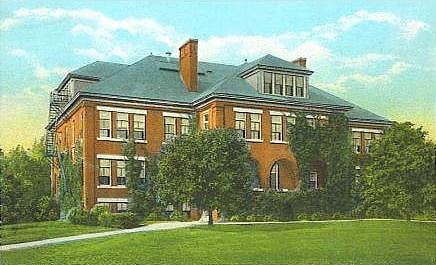
Land-grant university in New Hampshire. The University of New Hampshire is a public land-grant research university with its main campus in Durham, New Hampshire. It was founded and incorporated in 1866 as a land grant college in Hanover in connection with Dartmouth College, moved to Durham in 1893, and adopted its current name in 1923.
The university's Durham campus comprises six colleges. A seventh college, the University of New Hampshire at Manchester, occupies the university's campus in Manchester. The University of New Hampshire School of Law is in Concord, the state's capital. The university is part of the University System of New Hampshire and is classified among "R1: Doctoral Universities – Very high research activity".
As of 2018, its combined campuses made UNH the largest state university system in the state of New Hampshire, with over 15,000 students. It was also the most expensive state-sponsored school in the United States for in-state students.[5]
Address: 105 Main St, Durham
University of New Hampshire Observatory
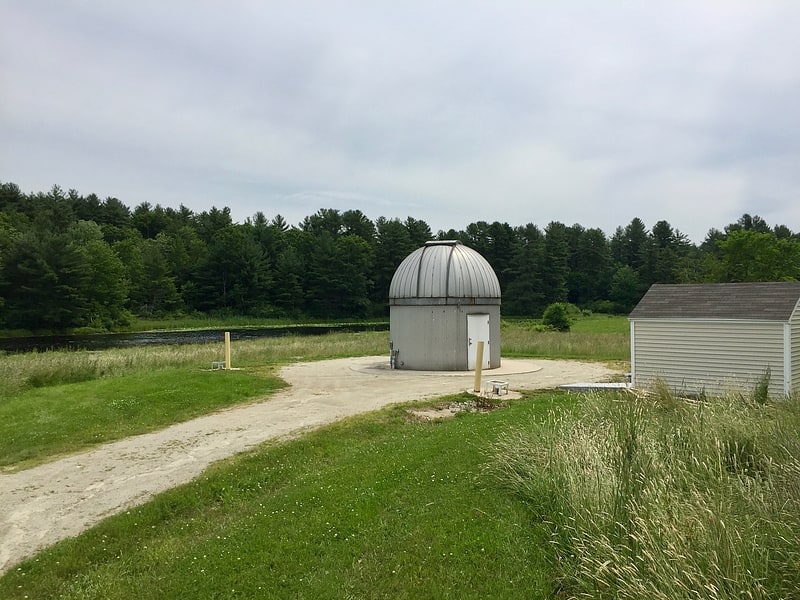
Astronomical observatory. University of New Hampshire Observatory is an astronomical observatory owned and operated by the University of New Hampshire. It is located in Durham, New Hampshire near the old Durham Reservoir. The main telescope is a 0.35 m Schmidt–Cassegrain reflecting telescope donated to the observatory in 1984. It is used only for educational purposes.[6]
Saint Thomas More Parish

Catholic church in Durham, New Hampshire. Saint Thomas More Parish is located in Durham, New Hampshire, United States. Named after Thomas More of England, the Catholic parish was established in 1949 on the corner of Madbury Road and Cowell Drive, near the heart of the campus of the University of New Hampshire.
The parish consists of three buildings. The main building contains the church itself where masses and other services occur. The Church Hall is in the basement of the building and is where many of the Sunday morning Christian Formation classes occur. The food pantry is also located in the Church Hall. Adjacent to the church is the Saint Thomas More Center. The parish offices and campus ministry are in this building. The Saint Thomas More Center houses the beginning of Palm Sunday mass, to allow the laying of palms down upon the path between the center and the church. The third building, the rectory, lies behind the main building. Visitor parking is available near the rectory.[7]
Address: 6 Madbury Rd, 03824-2052 Durham
Memorial Union Building
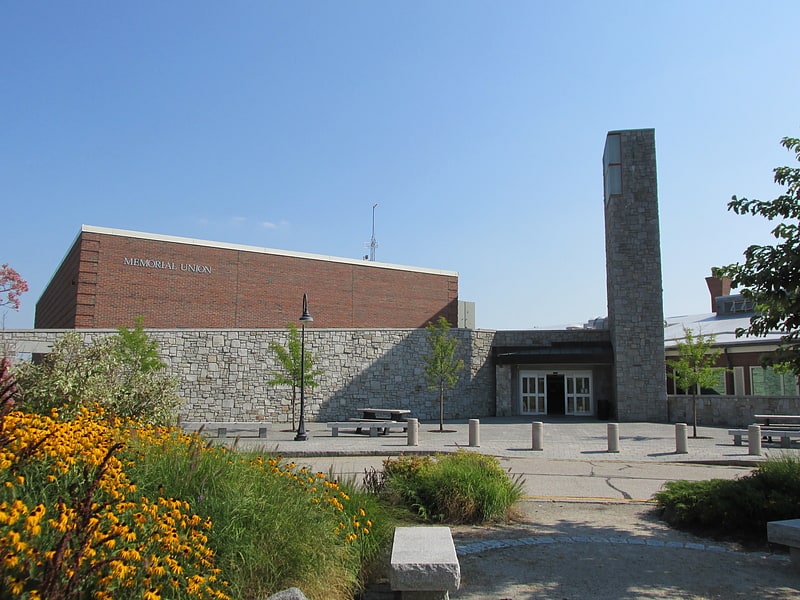
Building in Durham, New Hampshire. The Memorial Union Building is the University of New Hampshire's students' union building and the "heart of campus." The building also serves as the official New Hampshire War Memorial for soldiers killed in action since World War I. Planning for a student union began in 1930s and fundraising began in 1945. The MUB was opened in 1957*. In the 1990s the MUB was renovated, and a dining hall was added on.[8]
Address: 83 Main St, 03824 Durham
Smith Chapel
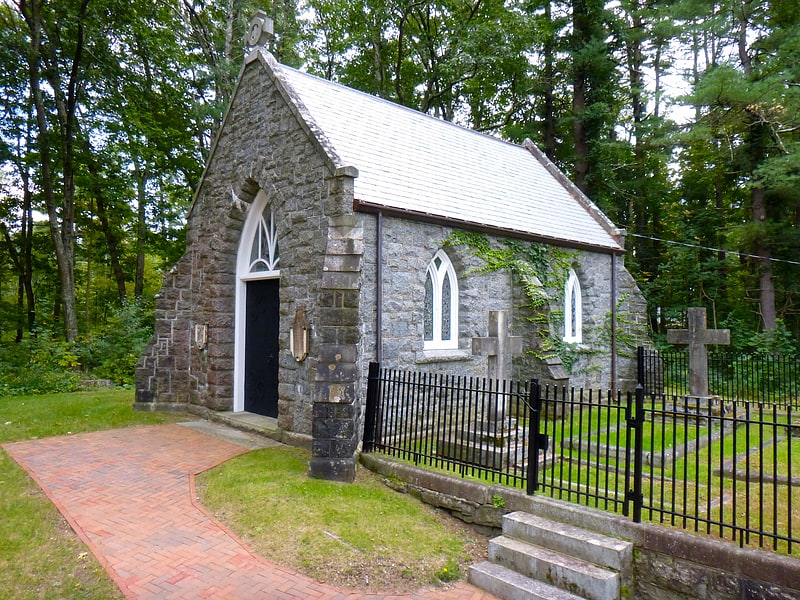
Chapel in Durham, New Hampshire. Smith Chapel is a historic memorial chapel at 45 Mill Pond Road in Durham, New Hampshire, United States. Built in 1900 in the family cemetery of the locally prominent Smith family, it is a prominent local example of Late Gothic Revival architecture. It is now part of a small municipal park. The chapel was listed on the National Register of Historic Places in February 2013, and the New Hampshire State Register of Historic Places in April 2013.[9]
John Sullivan House
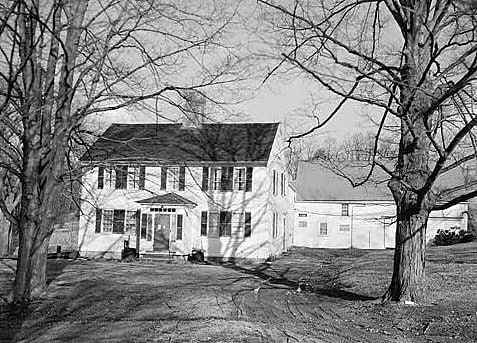
The John Sullivan House is a historic house at 21 Newmarket Road in Durham, New Hampshire. A National Historic Landmark, it was the home of American Revolutionary War General John Sullivan, who later became President of New Hampshire.
The house is a two-story L-shaped wood frame Georgian structure, with a central chimney and a gable roof. It was built sometime between 1729 and 1741 by Dr. Samuel Adams, and is located in the oldest portion of Durham, now a historic district. The main block is 38 feet (12 m) wide and 28 feet (8.5 m) deep, with an ell extending from its southwest rear that is 26 feet (7.9 m) by 13 feet (4.0 m). The front entry, centered on the main facade, is sheltered by a portico that is an early 20th-century addition. The interior of the main block has three rooms separated by a short central hallway. The room to the left served historically as Sullivan's library, and while on the right are the parlor with the dining room behind. There are slave quarters in the rear. The ell contains the kitchen and a service stair. There are three bedrooms on the second floor, and one in the attic. There is much original woodwork dating to the 18th century.
John Sullivan was born in nearby Somersworth, and studied law. He settled in Durham to practice law in 1763, and purchased this house in 1763. It served as his home for the rest of his life, and he is buried in the family cemetery nearby. Sullivan was a vocal opponent of British rule in the colonies, and was elected to the First Continental Congress in 1774. In December of that year he led a raid on Fort William and Mary in which the colonial militia seized munitions stored there. He was appointed a brigadier general in the Continental Army in 1775, and served through the American Revolutionary War. He participated in the Siege of Boston, and was captured by the British in the 1776 Battle of Long Island. After being exchanged, he served in the Battle of Trenton, the Philadelphia campaign of 1777, the failed attempt to recapture Newport, Rhode Island, and the 1779 Sullivan Expedition, in which the Iroquois, who had largely sided with the British, were driven from upstate New York. Sullivan's actions and barbed personality made him enemies in Congress, and he resigned from the army late in 1779. He returned to New Hampshire, where he served as Attorney General 1782–86, and as President (the office now known as Governor) 1787–89. He chaired the state convention that ratified the United States Constitution.
The house was declared a National Historic Landmark in 1972. It is a private residence, and is not normally open to the public.[10]
Durham Historic District
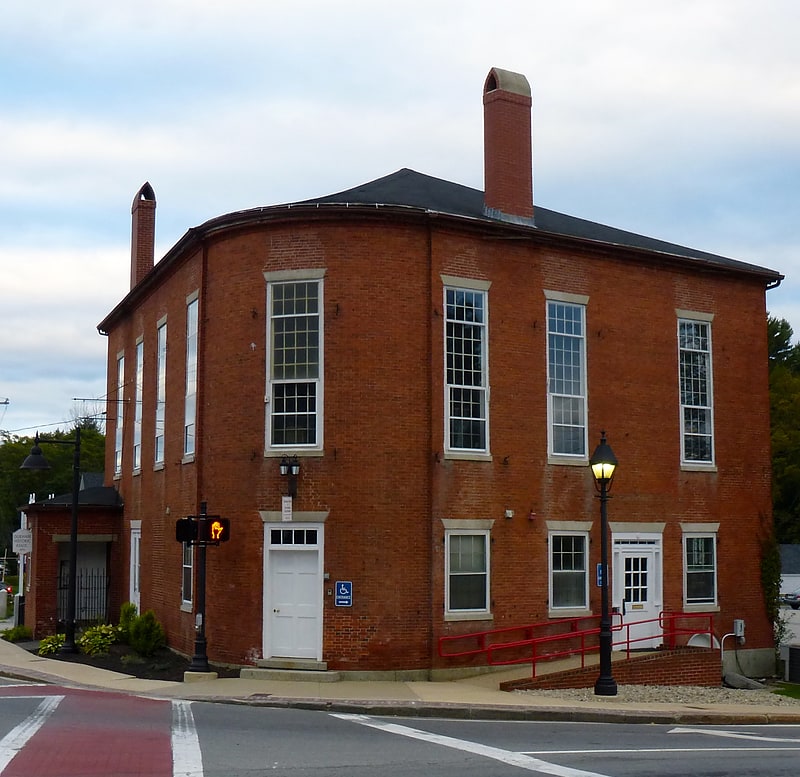
The Durham Historic District encompasses a portion of the original historic settlement area of Durham, New Hampshire. It extends along Newmarket Road from its northern junction with Laurel Lane to a three-way junction with Main Street and Dover Road. From there it extends along Main Street to Madbury Road. This area, known in early colonial days as the Oyster River Plantation, for the Oyster River which bisects it, was first settled in 1649. It was developed in the 18th century as a significant shipbuilding center. The district was listed on the National Register of Historic Places in 1980.[11]